The Joint Department of Biomedical Engineering has a wealth of ongoing research in the field of Biomedical Imaging. Part of the driving force behind this research area is the Biomedical Research Imaging Center (BRIC) on the UNC campus, which partners closely with the Biomedical Engineering department. The BRIC, established in 2005 and located in the brand new (2014) Marsico Hall building, serves as a backbone for preclinical and clinical imaging research and includes some of the most state-of-the-art biomedical imaging facilities in the world. Core resources include multiple 3T research MRI systems, including one of only a handful of MR-PET systems in the country, a new 7T human MRI system, two cyclotrons and a radiochemistry facility. Preclinical research systems include two VisualSonics Vevo2100 ultrasound systems, several optical imaging systems, a 9.4T MRI, a PET-CT, SPECT-CT, carbon nanotube CT and extensive support facilities and vivaria.
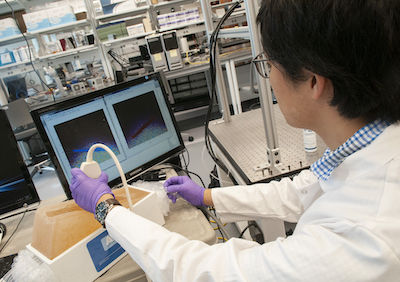 In addition to the BRIC, BME plays a key role in the UNC-NC State Ultrasound Research Consortium. The Ultrasound Consortium consists of a large group of faculty from UNC and NC State whose research focuses on developing and applying novel ultrasound technologies for diagnostic medical imaging, targeted therapeutics, sensing and industrial applications.
In addition to the BRIC, BME plays a key role in the UNC-NC State Ultrasound Research Consortium. The Ultrasound Consortium consists of a large group of faculty from UNC and NC State whose research focuses on developing and applying novel ultrasound technologies for diagnostic medical imaging, targeted therapeutics, sensing and industrial applications.
BME and BRIC faculty specialize in imaging hardware, image processing, signal processing, imaging contrast agents, image segmentation, applications and imaging informatics. BME graduate students are able to perform research work with any BRIC faculty member, in addition to BME faculty, for their dissertation studies. Faculty Modalities of particular interest include ultrasound imaging, magnetic resonance imaging, x-ray, SPECT, PET and live-cell imaging.
BME-based Biomedical Imaging Labs
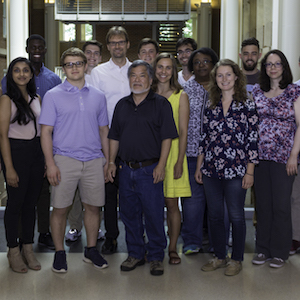
Dayton Lab
Dayton group develops new technologies for imaging blood flow, microvasculature and molecular markers. Recent contributions to the field include advances in ultrasound-mediated therapeutics with micro and nanoparticles, and developing and applying tools for non-invasive assessment of angiogenesis progression and tumor response to therapy.
Visit the Dayton Lab website…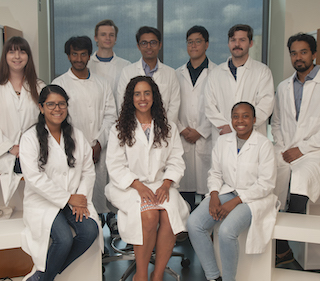
Gallippi Lab
Ultrasonic imaging is non-ionizing, real-time, cost-efficient and portable. These unique advantages make it a prominent tool in modern medicine. Our group is working to advance medical ultrasound by developing new imaging technologies and processing algorithms. We test our methods in specially designed tissue mimicking materials, ex vivo tissue preparations and in vivo studies.
Visit the Gallippi Lab website…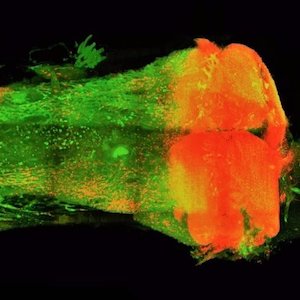
Greenbaum Lab
The Greenbaum Lab is an emerging advanced bio-imaging and computational lab. We are a multidisciplinary lab that focuses on the development of complex imaging devices and algorithms to advance 3D profiling of intact organs to answer biological questions regarding aging and disease progression. While we are especially interested in profiling bones, we are also capable of clearing and imaging other organs, such as the heart and the brain.
Visit the Greenbaum Lab website…
Legant Lab
Life is animate and three-dimensional. Our lab develops tools to better understand living specimens at single molecule, cellular and tissue level length scales. This work exists at the interface of physics, engineering and biology and is highly collaborative. The lab is jointly affiliated with the UNC department of Pharmacology and with the joint department of Biomedical Engineering at UNC/NC State.
Visit the Legant Lab website…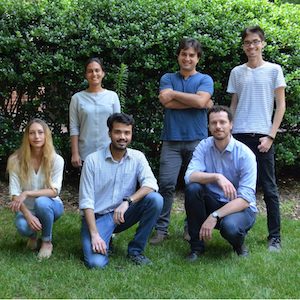
Pinton Lab
Our lab is interested in the nonlinear propagation of ultrasound and mechanical waves and their applications to medical imaging and therapy. Our research has been motivated by the observation that for intense sources the speed of wave propagation is no longer constant and that this complicates the mathematical framework but it also creates new opportunities.
Visit the Pinton Lab website…

